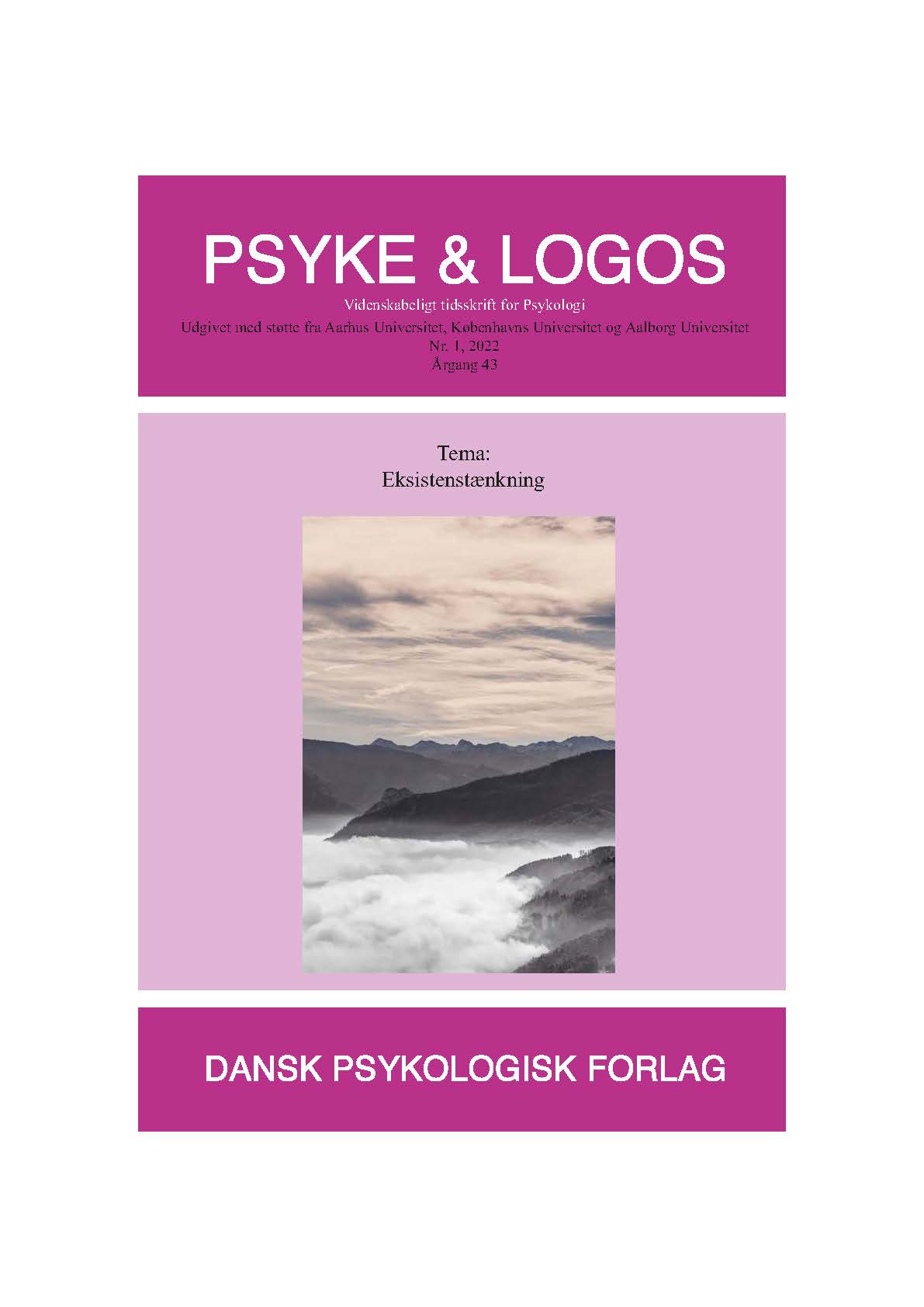Eksistensopfattelsen i fænomenologien
DOI:
https://doi.org/10.7146/pl.v43i1.133886Nøgleord:
eksistens, person, organisation, anonym kropslighed, psykosocialitetResumé
De eksistentielle problemer, man befinder sig i som en personlig
eksistens, har siden 1800-tallet været tematiseret i bl.a.
Søren Kierkegaards arbejder. Med formationen af den eksistentielle
fænomenologi hos Martin Heidegger og franske fænomenologer
som Maurice Merleau-Ponty tilbydes et særligt erfaringsbaseret
grundlag for at analysere eksistensen. I denne
artikel skitserer vi eksistensopfattelser, der har gjort sig gældende
i den eksistentielle fænomenologi. De drejer sig om
autenticitet versus fremmedgørelse i den moderne tilværelse,
og de samler sig i sidste instans i afdækningen af en universel
kropslig fornuftsform, den såkaldte ”intentionalitet”. Indgående
analyser af de psykosociale og sociokulturelle vilkår i den
moderne livsverden kan ikke finde sted uden at tematisere,
hvordan det kropslige grundlag for menneskets eksistens er
involveret i disse vilkår. Vi fremhæver sider af eksistensen, som
meget ofte overses i dag, nemlig de kollektive aspekter og de
anonyme aspekter af eksistensen. Disse aspekter kalder på teoretisk
og empirisk opmærksomhed, ligesom den personlige eksistens
gør det. Vejvisere kan være Hannah Arendts redegørelse
for de naturlige grundbetingelser for den menneskelige eksistens,
Jan Patockas fokus på eksistensen som virkeliggørelse af
betydningsfulde potentialer i menneskelivet og Paul Ricoeurs
diskussion af de identitetsskabende relationer mellem oplevet
historie og narrativ historie. Artiklen sammenfatter den eksistentielle
fænomenologis forståelse af tilværelsen i en antropologisk
eksistensopfattelse. Afslutningsvist skitseres denne forståelses
relevans for anvendt psykologi, især socialpsykologiske
og klinisk-psykologiske områder.
Downloads
Publiceret
Citation/Eksport
Nummer
Sektion
Licens
Ophavsret er tidsskriftets og forfatternes. Det er gældende praksis, at artikler publiceret i Psyke & Logos, som efterfølgende oversættes til andet sprog, af forfatteren frit kan publiceres i internationale tidsskrifter, dog således at det ved reference fremgår, at den oversatte artikel har et forlæg i en dansksproget version i Psyke & Logos. Artikler kan frit deles og linkes til på forsknings- og undervisningsnetværk (så som Blackboard). Link foretrækkes, fordi det giver oplysning om brug af tidsskriftets artikler.




